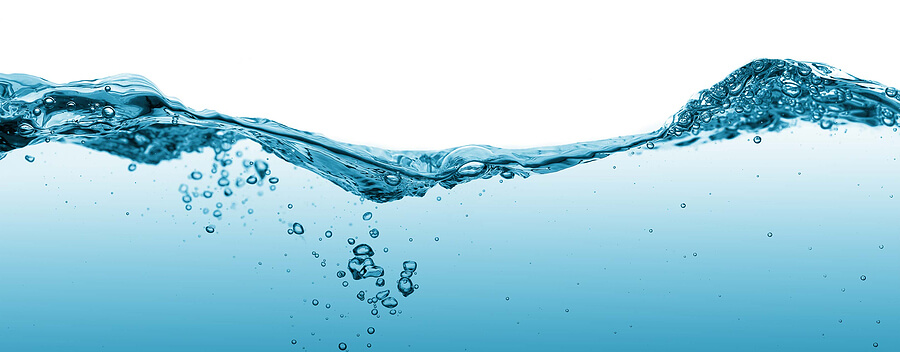Physics Fundamental: 5 Day-To-Day Scenarios Of Surface Waves

Physics is made up of different topics that are often associated with complicated contexts and formulas. However, many might not realise that physics goes beyond what is typically taught at your physics tuition, by your physics teacher, or in textbooks. The concept of physics can be applied or found in our daily lives.
Surface waves are one of the more elaborate topics taught in school and are also one of the most common occurrences seen in our daily lives. However, what exactly are they? How do surface waves occur in the physical world?
What are surface waves?
It refers to the waves or disturbances that move across a surface area. Considered to be made up of both transverse and longitudinal waves, the particle of the longitudinal wave moves parallelly while the particle of the transverse wave moves perpendicularly, hence creating a circular direction that we see with surface waves.
What types of surface waves are there?
There are two primary types of surface waves:
• Rayleigh waves are surface waves that move the medium’s particles along the vertical surface in both a horizontal and vertical direction. Discovered by a British physicist, Lord Rayleigh, Rayleigh waves are found to move slower than body waves.
• Love waves are a form of a surface wave that moves the medium’s particles only along the horizontal surface in a perpendicular direction of the wave propagation. Love waves, compared to Rayleigh waves, are found to project a damaging amount of pressure on surface objects like tall buildings.
Actual examples of surface waves
Here are some examples of how surface waves occur in our daily lives:
• Water waves: When an object hits the surface of the water, ripples form. These ripples, also known as water waves, occur because there is a breakage of the tension of the surface of the water, resulting in the disturbance travelling from one point to another in the form of surface waves.
• Seismic waves: Also known as earthquakes, these waves are created when Earth’s tectonic plates shift suddenly.
• Gravity waves: While we are all familiar with how gravity works, gravity waves occur within liquids and on the liquids’ surface. One ideal example of such waves happens out in the middle of the ocean.
• Wind waves: These waves are responsible for the creation of waves that occurs nearer to land. They are the main factor behind the large surfing waves many surfers are familiar with. Such surfing waves occur because the wind waves move along the surface of the ocean in the opposite direction to the ocean’s flow, resulting in a clash, hence creating substantial surface waves.
• Electromagnetic waves: Electromagnetic waves such as radio waves travel like surface waves. They propagate along the Earth’s surface in order to exchange information or communicate between two points. Since such wave propagation occurs close to the surface of the Earth, it is also commonly known as ground wave propagation.
Conclusion
The concepts of physics happen in our day-to-day activities. Surface waves are just one of the concepts and topics that we learn that also occur beyond the four walls of our classrooms. Like everything we know in school, once we are aware of the fundamentals and applications of surface ways in the real world, it will gradually be less complex and easier to understand.
Nevertheless, if you want to understand deeper the concepts of surface waves or other exciting concepts such as the possibility of time travelling, then do approach our fantastic tutor, Mr Phang Yu Hon, who offers some of the best JC physics tuition in Singapore.